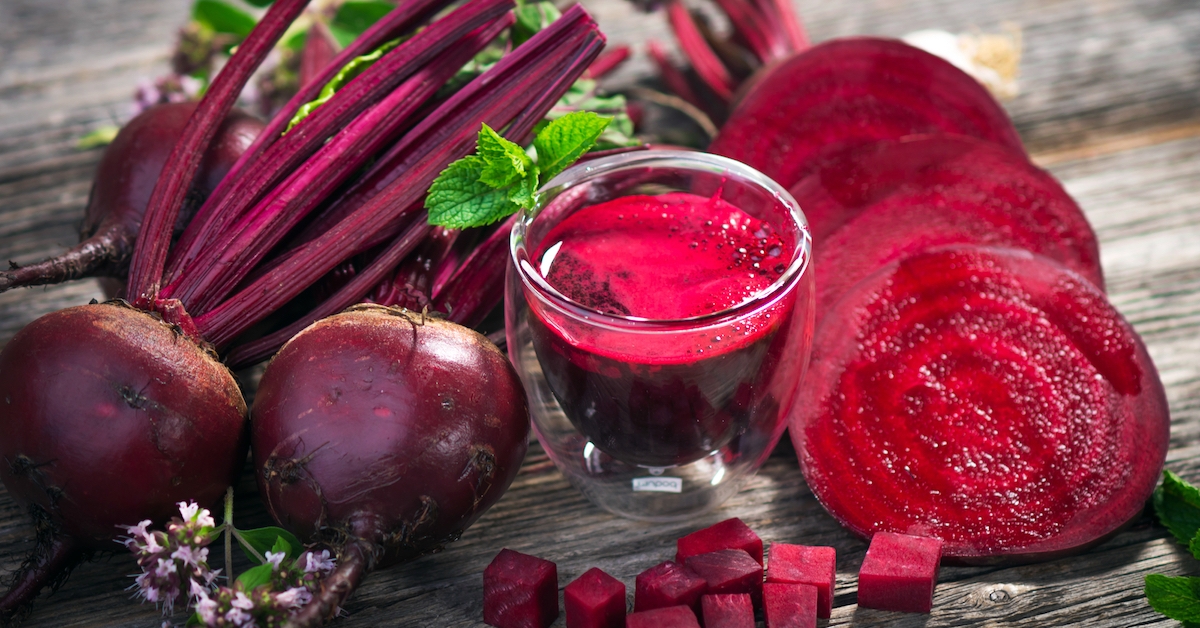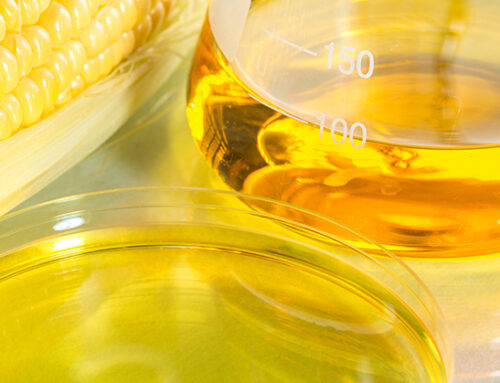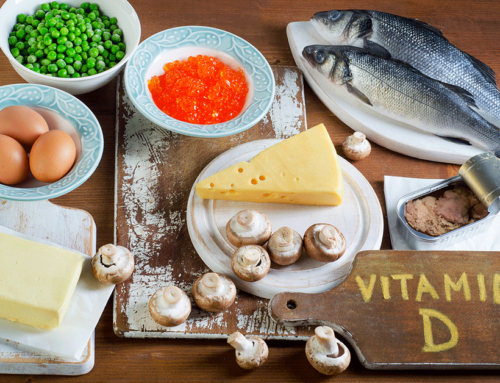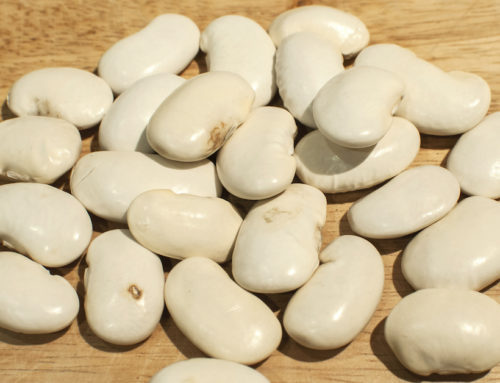It decreases blood pressure, boosts athletic performance and improves cognitive function, but a lot of people just don’t like beetroot juice.
This was demonstrated in a trial of 14 participants where one person refused to drink it a second time, so the researchers had to boot him off the study.
If only the health properties of beetroot juice were just as available in other foods. Well perhaps they are. Dr. Michael Mosley – Britain’s equivalent of Dr Oz – decided to find out. . .
Improves Blood Flow to Low-Oxygen Brain Regions
Poor blood flow and oxygen delivery to the brain is a factor in the decline of cognitive function as people age. One answer you can find in food is nitrate, which converts to nitric oxide (NO) in the body and benefits the cardiovascular system. NO expands blood vessels and increases blood flow. It should produce the same activities in the brain.
In 2010 researchers from Wake Forest University compared a high nitrate breakfast containing 16 ounces of beet juice to a low nitrate meal in healthy older adults during a two-day period.
MRI scans revealed improved blood flow in the white matter of the frontal lobes, areas known to be at risk from lack of blood flow. These brain regions are involved with executive function – mental skills that help you carry out everyday tasks.
Another study from the same research group compared hypertensive adults aged 55 or over while they performed exercise with/without drinking beetroot juice.
Study co-author Jack Rejeske summed up the findings:
“…adding beetroot juice supplement to exercise resulted in brain connectivity that closely resembles what you see in younger adults. Nitric oxide is a really powerful molecule. It goes to the areas of the body which are hypoxic, or needing oxygen, and the brain is a heavy feeder of oxygen in your body.”
Lowers Blood Pressure and Improves Oxygen Uptake
For Dr. Mosley’s TV show, professor Andrew Jones from the University of Exeter was asked to design a small trial. Prof. Jones had previously published research on beets.
For the study, healthy middle-aged men and women undertook physical and mental health tests before being assigned to eat one of three meals. One was a salad high in nitrate foods, the second was beetroot juice with the same nitrate level as the salad, and the third was a control salad which contained hardly any nitrate.
After food intake, each of the volunteers performed some moderately strenuous cycling.
The study had a crossover design, so after several days the groups were swapped over and the whole process was repeated again and again until each participant had participated in all three meal categories.
It turned out that systolic blood pressure (the upper number) fell by the same amounts – three mm of mercury – whether the participants ate the nitrate salad or drank beetroot juice. The control salad did not produce this benefit.
Oxygen demand after exercise fell by five percent in the nitrate groups but not the controls.
High Nitrate Salad Supports a Sharp Mind
In terms of cognitive ability, when the volunteers were at rest there was no change in mental performance.
After exercise it was a different story. The ability to perform mental tasks took a dive in the no-nitrate group. For the beetroot juice group, cognitive function dropped off a small amount. But for those eating the high-nitrate salad, mental sharpness was completely preserved.
Drs. Mosley and Jones thought this was a fascinating result we can all put to work in our lives. For instance, by eating a high nitrate breakfast, those who cycle or walk a long distance to work can maintain mental performance and suffer less from ‘brain fade’ at the office.
Dr. Mosley – who is rather partial to beetroot – commented, “Although I was pleased that our experiment had produced such clear-cut results, I was slightly disappointed that the lovely purple beetroot had not outperformed the more mundane green veg.”
However, for those who aren’t as excited by beetroot as Dr. Mosley, it’s good to know that high concentrations of nitrate can be found in other foods and can work just as well for the brain, if not better.
Top of the list is rocket (arugula) together with celery, spinach, lettuce, cress and chervil. Next highest in nitrate content are celeriac, Chinese cabbage, endive, fennel, kohlrabi, leek and parsley. Good amounts are also found in broccoli, tomatoes, collard greens and mustard greens.







